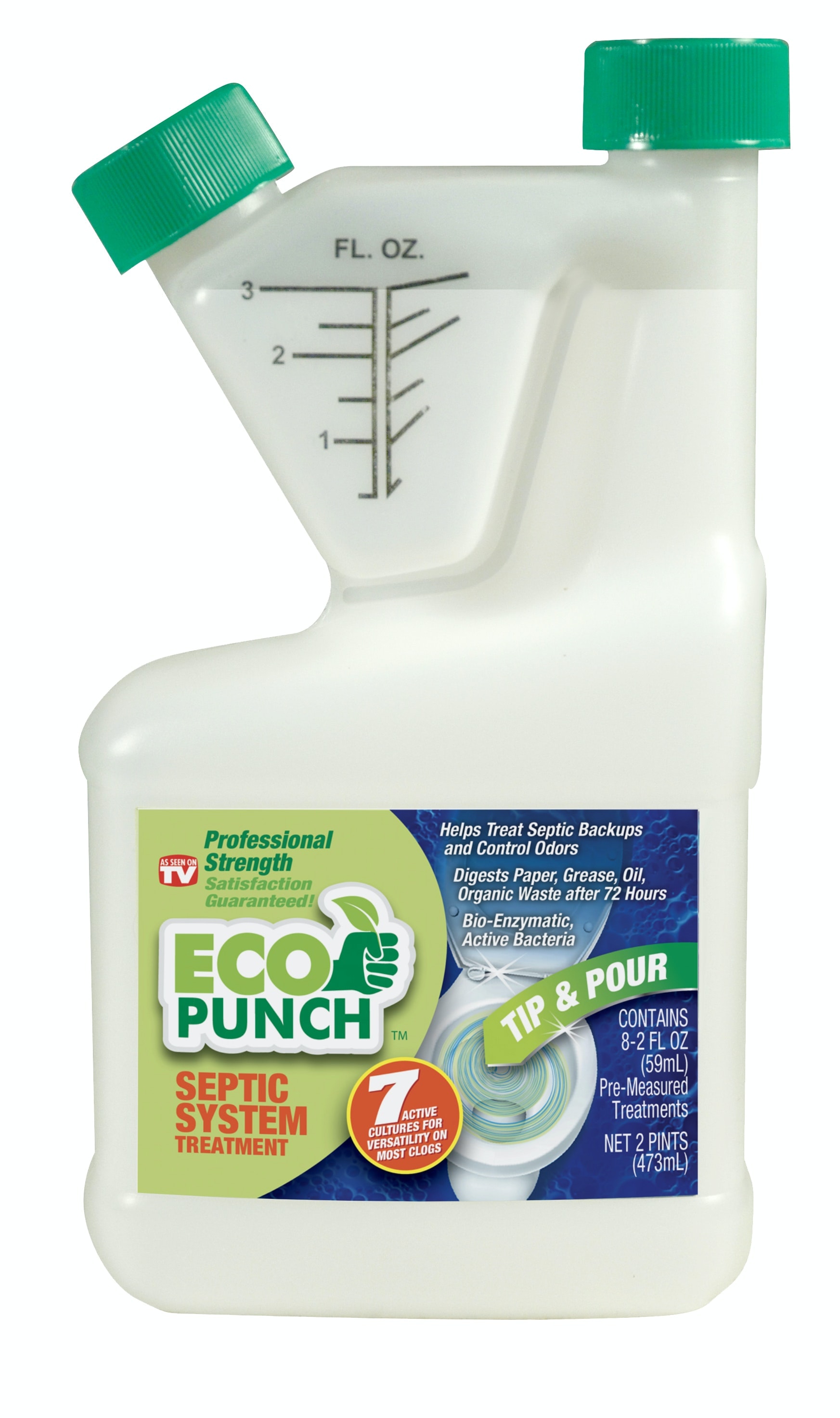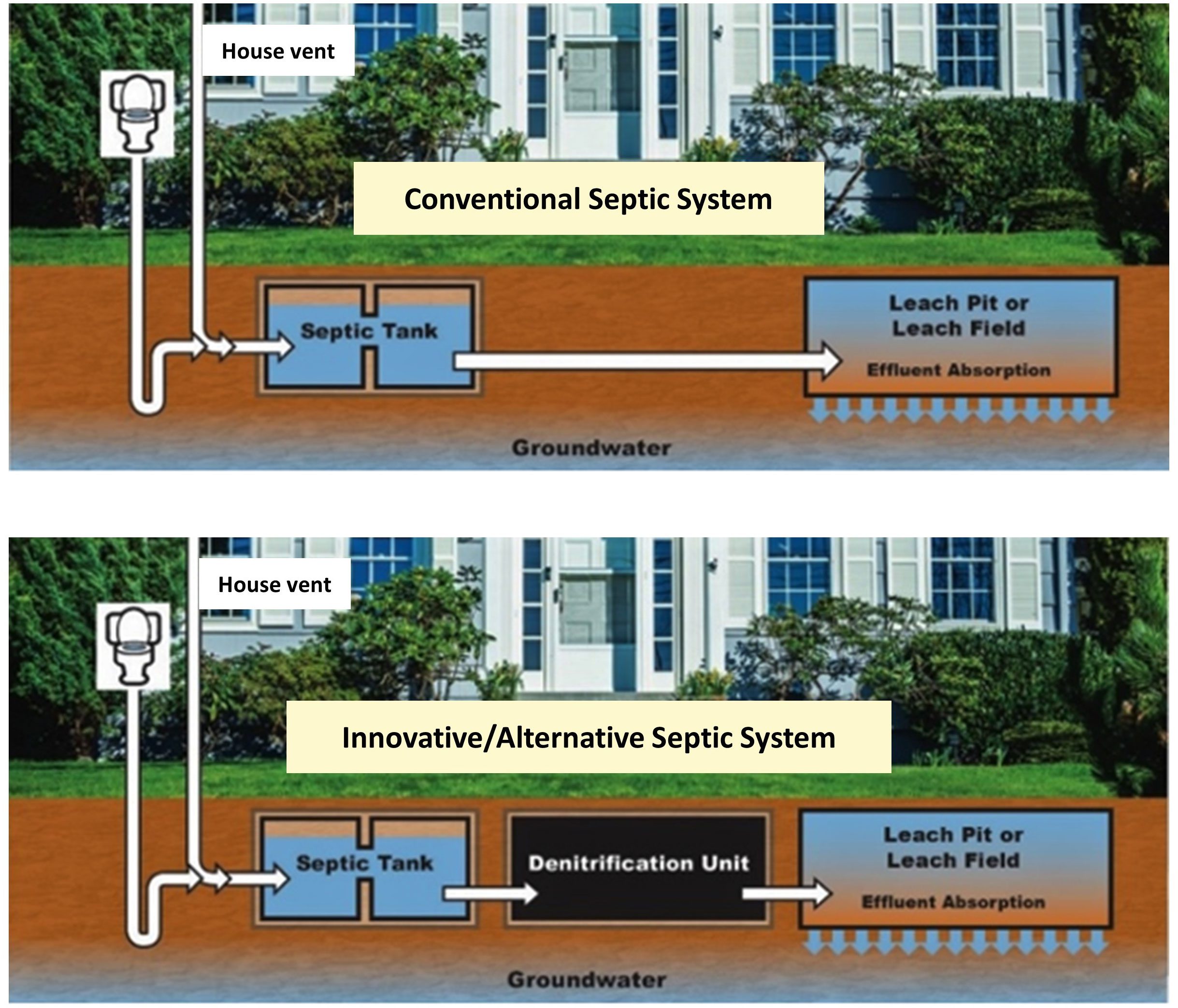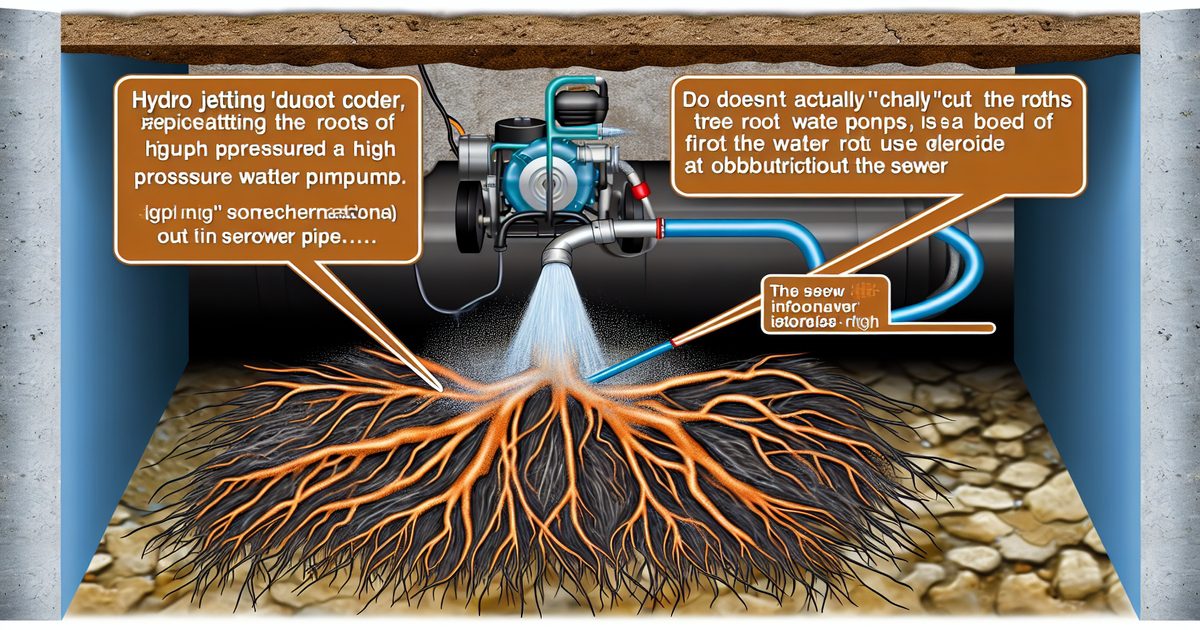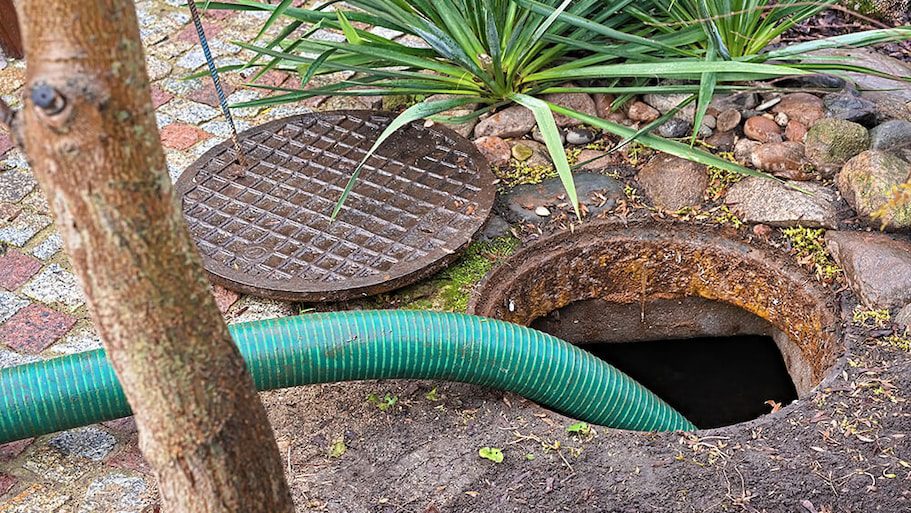To pump a septic tank, locate the access lid using a metal detector or probing device, remove the lid, and use a pump or vacuum truck to extract the waste. Proper septic tank maintenance and pumping are crucial to avoid system failures and potential health hazards.
Do you want to ensure that your septic tank functions properly and avoid any potential health hazards? Regular pumping and maintenance play a vital role in its longevity and efficiency. We will guide you on how to pump a septic tank effectively, saving you both time and money.
By following a few straightforward steps, you can keep your septic system in top shape, preventing costly repairs and ensuring a clean and healthy environment for you and your family. So, let’s dive in and learn how to properly pump a septic tank.
Understanding The Basics
Pumping your septic tank is an essential part of its maintenance, ensuring it functions properly and prevents costly repairs. Importance of Septic Tank Pumping: Regular pumping prevents the accumulation of solid waste, helping to maintain a healthier and longer-lasting septic system. Signs of a full septic tank, such as slow drains, unpleasant odors, and pooling water around the drain field, indicate the need for pumping. Frequency of Pumping: Determining Factors: The size of your household, the amount of wastewater produced, and the tank’s size determines the recommended pumping frequency, typically every 3-5 years. Hiring a Professional vs. DIY Pumping: While you may be tempted to save money by doing it yourself, hiring a professional brings expertise, the right equipment, and adherence to local regulations.
Preparing For Septic Tank Pumping
Septic tank pumping is an essential maintenance task to keep your system functioning properly. Discover the step-by-step process for pumping your septic tank, ensuring a clean and efficient system.
- Gathering the Necessary Tools and Equipment
- Locating and Uncovering the Septic Tank
- Ensuring Safety Measures
- Precautions for Environmental Protection
When preparing to pump your septic tank, it’s important to gather the necessary tools and equipment. These may include a septic tank pump, hoses, gloves, a bucket or container for waste disposal, and any protective gear required for safety.
Locating and uncovering the septic tank is crucial for a successful pumping process. Before you start, ensure you know the exact location of your septic tank. Begin by excavating the ground cover, such as soil or grass, over the tank. Be cautious to avoid any damage to the tank or surrounding pipes during the excavation process.
Safety measures should be followed to minimize risks and accidents. Ensure that the area around the septic tank is well-ventilated. Use necessary protective gear, such as gloves and goggles, to safeguard yourself from exposure to waste or harmful gases. Additionally, keep children and pets at a safe distance to prevent any accidents or contamination.
Taking precautions for environmental protection is essential. Avoid spilling or leaking any septic waste during the pumping process. Use the designated containers to collect and dispose of waste properly. If there are any leaks or damages detected in the septic system, it’s crucial to address them promptly to prevent contamination of the soil or water sources.
Step-by-step Guide To Pumping A Septic Tank
Inspecting the septic tank is an important step before pumping. Firstly, check for any structural damage or cracks in the tank. Assess the condition of the inlet and outlet baffles to ensure they are functioning properly. Identify any potential issues such as clogs or blockages that may interfere with the pumping process.
Begin the pumping process by removing the septic tank lid. Take necessary precautions and follow safety measures to prevent accidents or inhaling harmful gases. Choose the appropriate pumping technique based on the tank’s size and condition. Determine the optimal pumping time to effectively remove accumulated waste without causing any damage.
After executing the pumping process, inspect and clean the septic tank thoroughly. Remove any remaining solid waste and rinse the tank interior to eliminate residue. Lastly, ensure that the septic tank lid is properly sealed to prevent any leaks or odors. Restore the area around the septic tank to ensure it is stable and secure.

Credit: www.lowes.com
Post-pumping Maintenance And Care
Proper maintenance and care for your septic system is crucial after pumping out the tank. One important aspect to consider is the replacement of the septic tank lid, which should be done carefully to ensure a secure and air-tight seal. Regularly monitoring the vents and plumbing system is essential to identify any potential issues such as clogs or leaks that may arise. By addressing these problems promptly, you can prevent further damage to your septic system. To maintain a healthy septic system, there are a few tips to keep in mind. Avoid flushing non-biodegradable items down the toilet or pouring harsh chemicals down the drains. Additionally, avoid excess water usage and be mindful of what you are putting into your system. Establishing a regular pumping schedule is vital to prevent the tank from becoming overloaded, which can lead to system failures and costly repairs. Following these guidelines will help ensure the longevity and proper functioning of your septic system.
| Post-Pumping Maintenance and Care |
| Replacing the Septic Tank Lid |
| Monitoring the Vents and Plumbing System |
| Tips for Maintaining a Healthy Septic System |
| Establishing a Regular Pumping Schedule |
Additional Considerations
When pumping your septic tank, it is important to consider additional factors such as the age of the tank, the frequency of pumping, and the proper disposal of waste. Following these considerations will help ensure the efficient and effective operation of your septic system.
Septic Tank Additives: Do They Work?
Many homeowners wonder whether using septic tank additives can improve the functionality of their septic systems. However, it is essential to note that the effectiveness of these additives remains a subject of debate among experts. While some claim that additives can help in breaking down solids and preventing clogging, others argue that they may do more harm than good by disrupting the natural balance of bacteria in the tank. Therefore, it is advisable to consult with a professional before considering the use of septic tank additives.
Troubleshooting Common Septic Tank Issues
Septic tank problems can arise due to various reasons and may require prompt attention. If you notice slow draining sinks, toilets, or unpleasant odors, it could be a sign of a septic system issue. One common problem is a clogged drain field caused by excess solids in the tank. In such cases, pumping the tank can alleviate the issue. Other problems, such as leaks or damage to the tank, may require professional repairs. Regular maintenance and inspections can help prevent these issues.
What To Do In Emergency Situations
In emergency situations, such as when sewage backs up into the house or when the septic tank overflows, it is crucial to take immediate action. First, avoid using any water sources in the house until the problem is resolved to prevent further damage. Contact a septic system professional as soon as possible to assess the situation and provide appropriate repairs. Remember to gather any relevant information, such as the location of the tank and any recent maintenance records, to assist the professional in resolving the emergency effectively.
Frequently Asked Questions On How To Pump Septic Tank
What Are The Signs That Your Septic Tank Is Full?
Signs of a full septic tank include slow draining sinks, toilets, and showers, gurgling sounds from pipes, foul odors, lush grass near the tank, and sewage backups in the house. Regular maintenance and pumping every 3-5 years can prevent these issues.
How Often Should A Septic Tank Be Pumped?
A septic tank should be pumped every 3 to 5 years to prevent it from overflowing and causing potential environmental and health hazards. Regular pumping helps remove accumulated solids and prevents backups and system failure, ensuring optimal functioning and longevity of the septic system.
How Much Does It Cost To Pump A Septic Tank In My Area?
The cost of pumping a septic tank in your area varies. Contact local septic service providers for accurate pricing information as it depends on factors such as tank size and location.
How Long Does It Take For A Septic Tank To Fill Up After Pumping?
A septic tank takes around 3-5 years to fill up after pumping. The frequency of pumping depends on household size, usage, and tank capacity. Regular maintenance and proper usage can help extend the time between pumpings.
Conclusion
Maintaining a properly functioning septic tank is crucial for the overall health and safety of your home. Regular pumping of the tank is an essential step in preventing costly repairs and potential health hazards. By following the steps outlined in this guide, you can ensure that your septic tank operates efficiently and effectively for years to come.
Don’t overlook this important maintenance task and take the necessary steps to pump your septic tank regularly.







